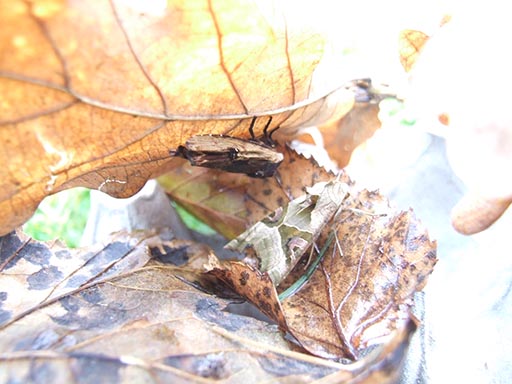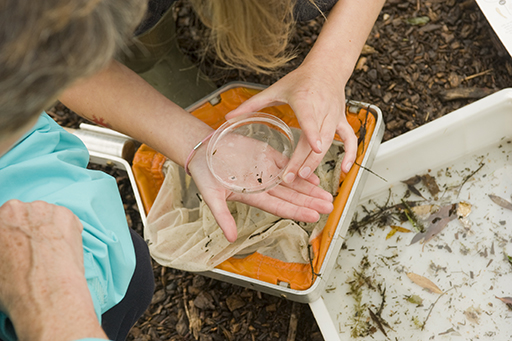5 Reflections
The term citizen science describes an activity that has been going on since the nineteenth century, although the use of that description is a much more recent innovation. Through studying this course you have encountered a number of examples of existing projects and by now you should be able to appreciate the wide range that they cover. Some projects involve simple observation, with little background knowledge required, while others need a certain amount of skill, such as the light-trapping project along the Colorado River (Week 4, Section 3.3). All of the projects offer stimulating ways to get involved with the study of the natural world. And, as there are rapidly increasing numbers of citizen science projects, so there are plenty of opportunities to get involved (Figure 10).
Activity 5 Definition
What working definition has been used here for the term citizen science?
Answer
It is the collection and analysis of data relating to the natural world by members of the general public, typically as part of a collaborative project with professional scientists.
Over the previous eight weeks, you have learned about citizen science under three broad headings:
- the scope of citizen science projects
- the development of skills required for the identification and use of online resources
- the contribution of projects to assessing biodiversity and the state of the planet.


